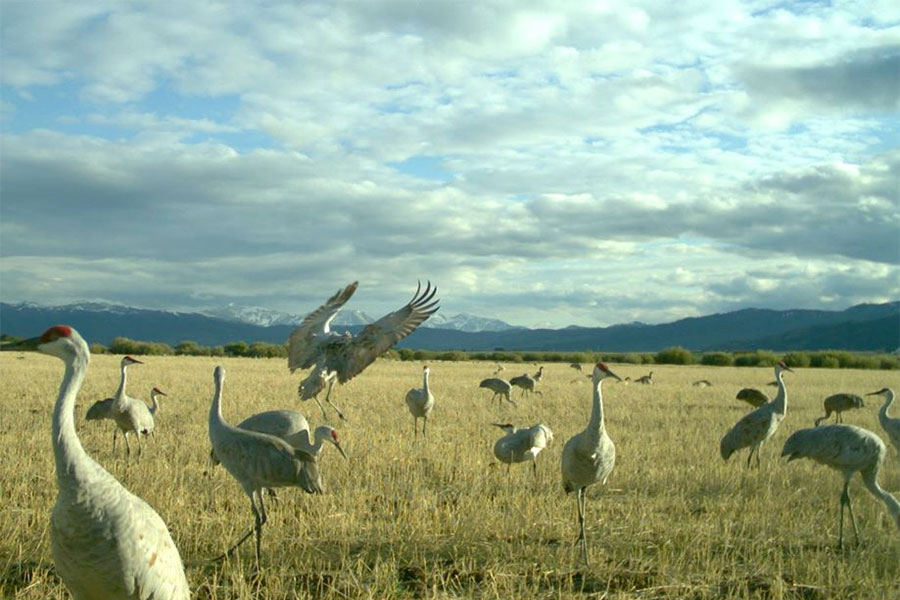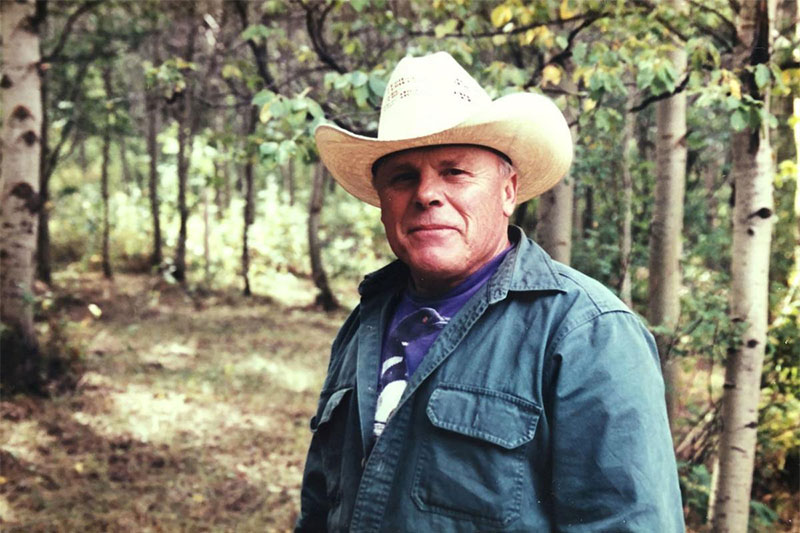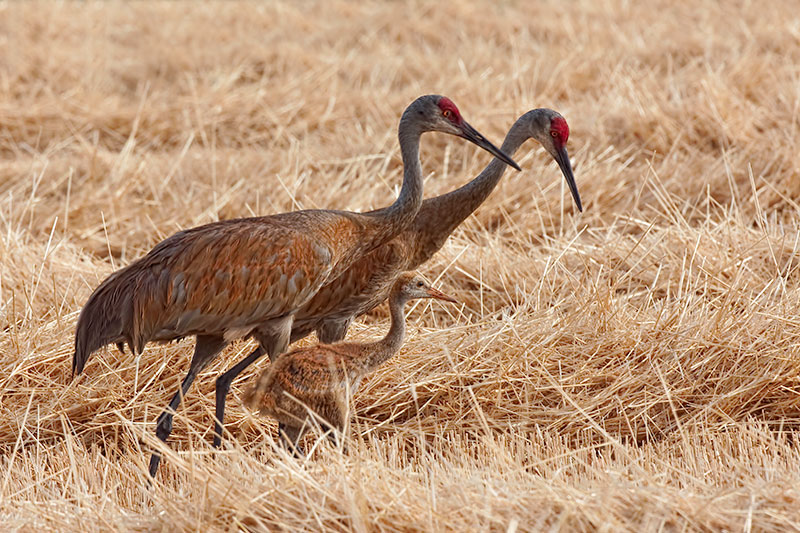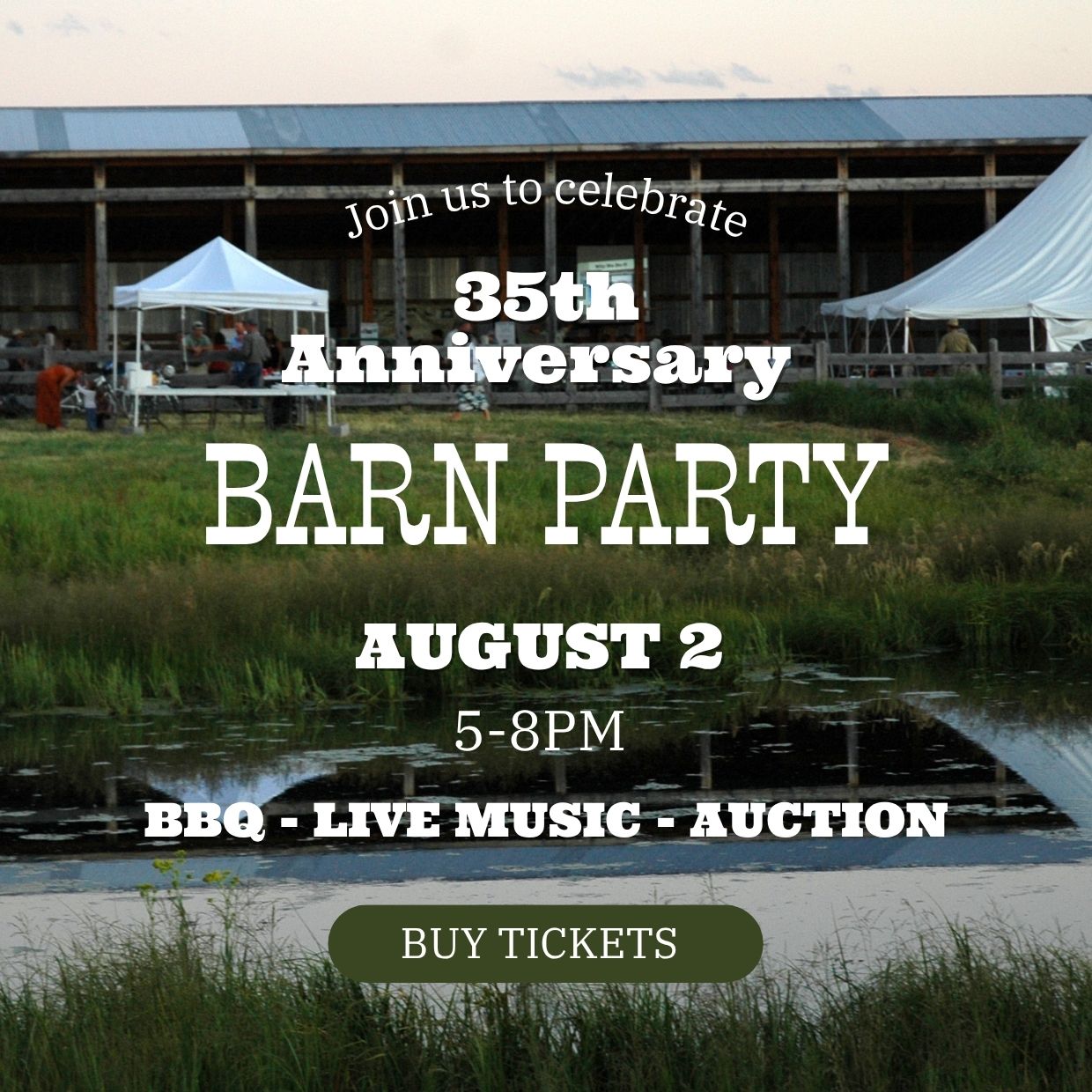Throughout his 54-year career, Rod worked for many agencies as their partner and good friend, studying migratory birds from the Arctic to southern Mexico. Until his retirement in 1999, he was affiliated with the University of Idaho and Hornocker Wildlife Institute. Rod had the unusual freedom to work across administrative and geographical boundaries to study the birds and the challenges they faced throughout their annual cycle. He loved that freedom and dedicated his life to furthering his knowledge of waterbirds and clearly communicating that knowledge to the scientific, wildlife management, and layman communities. In addition to submitting countless reports to contracting agencies, Rod published over 50 scientific papers on migratory birds, including 36 on Sandhill and Whooping Cranes.
Much of his research was foundational, often providing the first documentation of the behavior, migratory traditions, pathways, and seasonal habitats used by species such as the Greater Sandhill Crane, Whooping Crane, Snow Goose, Ross’s Goose, Trumpeter Swan, and many other associated waterbirds. From 1969-2016, he studied Sandhill Cranes in the Rocky Mountain Region, documenting their year-round ecology. He refined capture and marking methods and developed fall population and recruitment surveys which are now conducted annually by federal and state agencies. His studies of crane mortality on nesting, wintering, and migrational resting areas have been integral to the establishment of protection measures used by managers for Sandhill and Whooping Cranes (eg. fences and powerlines).
The Rod Drewien Crane Conservation Fund is set up to honor Rod’s career-long commitment to crane conservation in the region. The Fund will support the Greater Yellowstone Sandhill Crane Initiative, a program facilitated by the Teton Regional Land Trust in partnership with other state and federal agencies and non-profit organizations. The intent is to build the Fund over time to support the annual programmatic work of the Initiative as well as larger initiatives and conservation acquisition and restoration projects.
